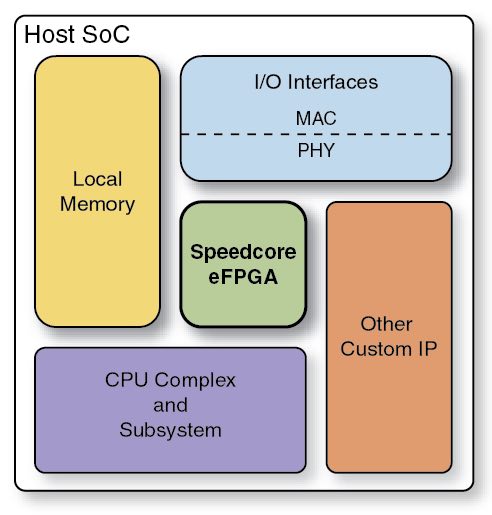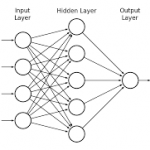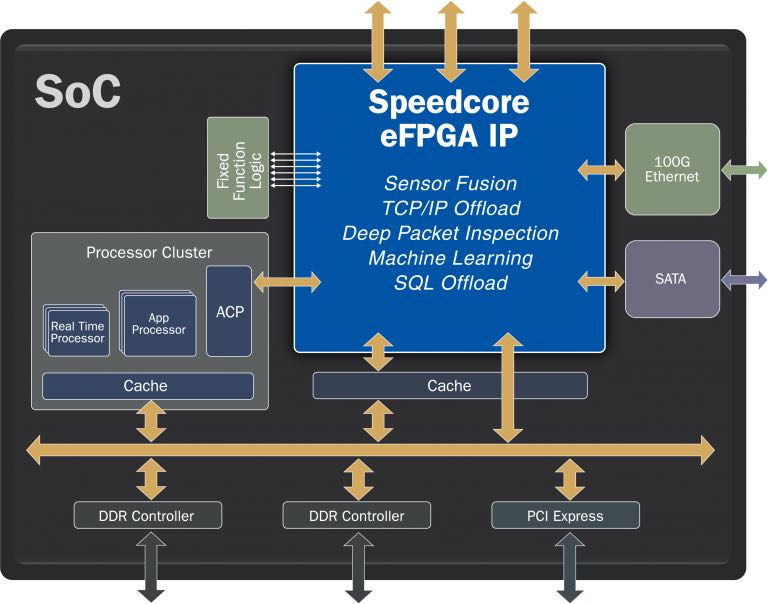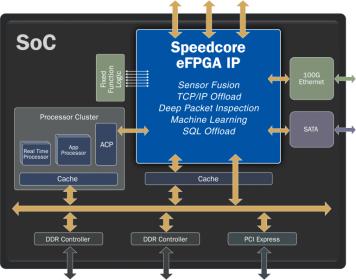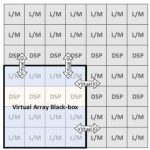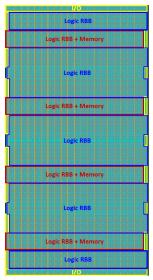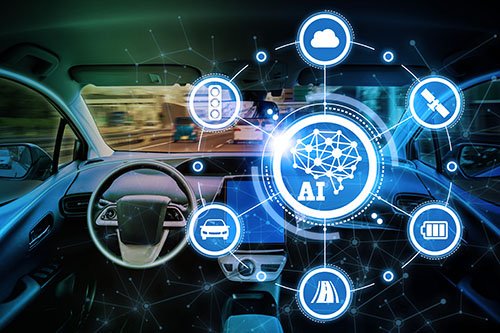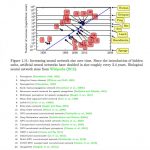Once the benefits of using an embedded FPGA fabric are understood, the next question is about how timing closure is handled between the ASIC and the eFPGA blocks. First let’s look briefly at the advantages. By moving the eFPGA on to the SOC die, tons of I/O logic and the need for any package and board interconnect will vanish. Package… Read More
Tag: efpga
Machine Learning and Embedded FPGA IP
Machine learning-based applications have become prevalent across consumer, medical, and automotive markets. Still, the underlying architecture(s) and implementations are evolving rapidly, to best fit the throughput, latency, and power efficiency requirements of an ever increasing application space. Although ML is … Read More
Know what 5G is? You’re probably wrong
If you think the transition to 5G will be anything like the transitions before it to 3G or 4G, you are in for a big surprise. Not only will the transition take longer than either of the previous transitions, its ramifications will spread far beyond cell phones and into other areas such as automobiles, AI, healthcare, and commerce. … Read More
When Why and How Should You Use Embedded FPGA Technology
If integrating an embedded FPGA (eFPGA) into your ASIC or SoC design strikes you as odd, it shouldn’t. ICs have been absorbing almost every component on a circuit board for decades, starting with transistors, resistors, and capacitors — then progressing to gates, ALUs, microprocessors, and memories. FPGAs are simply one more… Read More
Hard IP for an embedded FPGA
As Moore’s Law enables increased integration, the diversity of functionality in SoC designs has grown. Design teams are seeking to utilize outside technical expertise in key functional areas, and to accelerate their productivity by re-using existing designs that others have developed. The Intellectual Property (IP) industry… Read More
Achronix Momentum Building with Revenue Growth, Product/Staff Expansion, New HQ
5G Wireless, Network Acceleration, Data centers, Machine Learning, Compression, Encryption fueling the Growth
Building on its increasing momentum, Achronix Semiconductor Corporation held a ribbon-cutting ceremony on Tuesday, April 25, with the presence of Santa Clara’s Mayor Lisa Gillmor, customers, and partners, employees… Read More
FlexE at SoC IP Days with Open Silicon
On Thursday April 5th the Design and Reuse SoC IP days continues in Santa Clara at the Hyatt Regency (my favorite hangout). SemiWiki is a co-sponsor and I am Chairman of the IP Security Track. More than 400 people have registered thus far and I expect a big turnout, if you look at the program you will see why. You should also know that registration… Read More
Configurability for Embedded FPGA Hard IP
IP providers need to evaluate several complex engineering problems when addressing customer requirements – perhaps the most intricate challenge is the degree of IP configurabilityavailable to satisfy unique customer applications. … Read More
New Architectures for Automotive Intelligence
My first car was a used 1971 Volvo 142 and probably did not contain more than a handful of transistors. I used to joke that it could easily survive the EMP from a nuclear explosion. Now, of course, cars contain dozens or more processors, DSP’s and other chips containing millions of transistors. It’s widely expected that the number … Read More
Processing Power Driving Practicality of Machine Learning
Despite their recent rise to prominence, the fundamentals of AI, specifically neural networks and deep learning, were established as far back as the late 50’s and early 60’s. The first neural network, the Perceptron, had a single layer and was good certain types of recognition. However, the Perceptron was unable to learn how to… Read More


